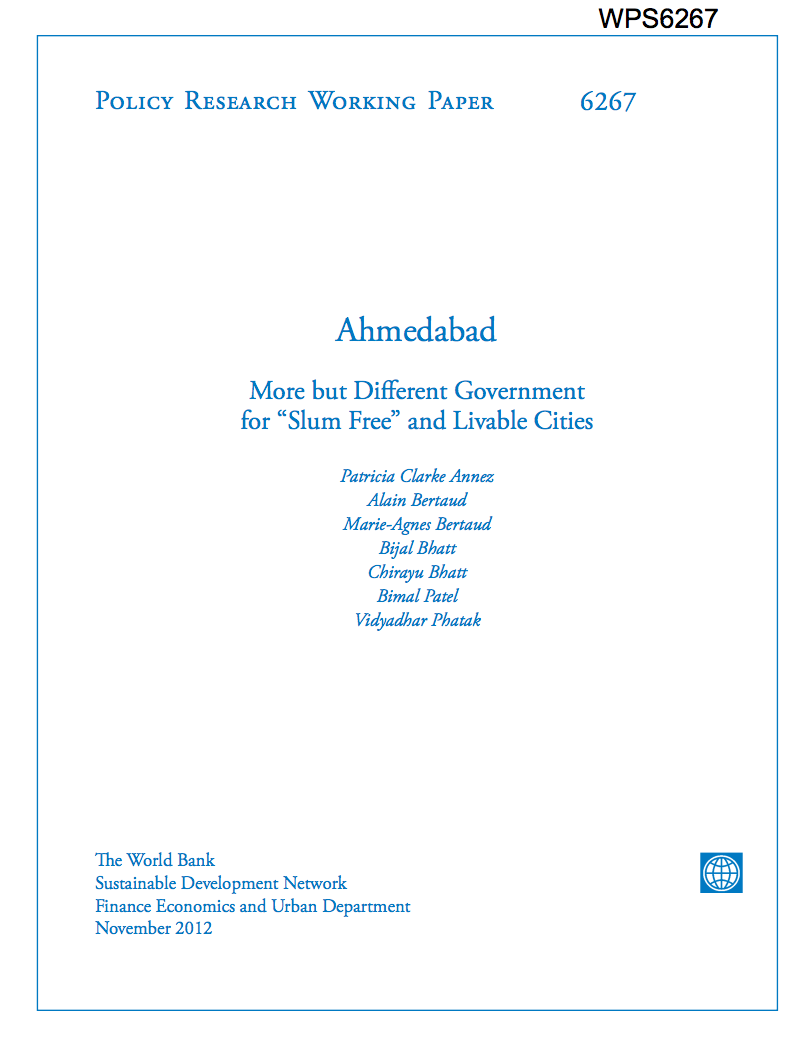Intrahousehold Bargaining and Resource Allocation in Developing Countries
Many key development outcomes depend on
women's ability to negotiate favorable intrahousehold
allocations of resources. Yet it has been difficult to
clearly identify which policies can increase women's
bargaining power and result in better outcomes. This paper
reviews both the analytical frameworks and the empirical
evidence on the importance of women's bargaining power.
It argues that there is sufficient evidence from rigorous


